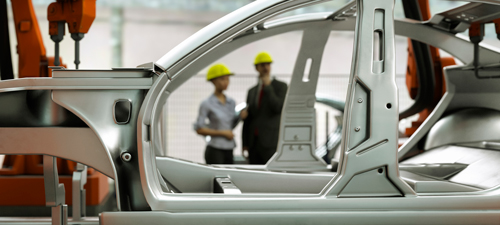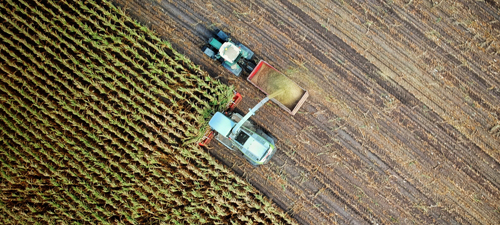Many people take for granted the time, energy and consideration that goes into the products that end up on our shelves. The product development process can take months or even years, depending on the specifics of the product. It can be a daunting process, but taking some time to understand what goes into product development and when each step of the process takes place can equip you with the knowledge you need to put things in motion for your product.
- Concept generation: The first step in the product development process is to generate a product concept. Think about what your product will be, what its applications are, who will use it, and where it’s needed. Establishing the concept for your product may take several weeks or even months, depending on the extent of your research and the complexity of your concept.
- Feedback: Working collaboratively with a team is the best way to create a high-quality product. Once you have your initial product concept, ask for feedback. It’s natural for products to change over the course of the development process so make sure you’re open to new ideas. It will likely take some time to integrate this feedback into a refined product concept, but the end result will likely be better.
- Market consideration: A great concept is meaningless if it isn’t appealing to consumers. Take time to research your market, get feedback from your targeted users, and assess where your product will be most useful. This can help inform how you market your product and which industries to focus on with distribution. Market research should be done throughout the product development process from your initial concept generation to final delivery.
- Design for Manufacturing Review: The Design for Manufacturing Review, or DFM, is intended to maximize the quality and performance of your manufactured parts while minimizing your production costs. This is helpful for large and small-scale manufacturing alike and is most effective when employed in the beginning stage of product design and production.
- Prototyping: Creating a product prototype gives you the opportunity to test your product’s design to determine whether it looks and performs the way it’s supposed to. Oftentimes, design issues reveal themselves during the prototyping process, so this gives you a great opportunity to make improvements to your product design. Prototyping many take you around six weeks depending on how many aspects of your product you want to change.
- Launch: Once you’ve perfected your product design, it’s time to launch it. Work with marketing and distribution partners who will help you reach your goals and bring your product to the right customers in your targeted industries.
EARLY SUPPLIER INVOLVEMENT
One solution to ensuring competitive advantage is Early Supplier Involvement, a process that brings you and your supplier’s team together early in the product development process with the end goal of getting your products to market as quickly as possible with the highest quality and lowest costs.
This process generally includes a series of meetings that provide you and your supplier both an opportunity to communicate crucial information about the product and your respective capabilities.
The good news is you can join forces with your manufacturing partner as soon as inspiration strikes. All you’ll need to get started is a CAD Model or product design sketch. Your supplier can work with you to take these initial concepts all the way through final production.
The product development process gives you the opportunity to turn your vision for a product into a reality, but it’s not always easy. When you work with the experienced team at KASO Plastics, you can benefit from decades of industry experience. We can help you navigate aspects of product development so that you can get the results you’re looking for from the manufacturing process.








 Molding services for Agricultural customers
Molding services for Agricultural customers